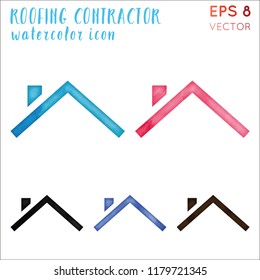Learn More About The Methods Which Seasonal Elements Can Affect The Success Of Industrial Outside Painting And Identify The Most Effective Times To Accomplish Lasting Results For Your Task
Learn More About The Methods Which Seasonal Elements Can Affect The Success Of Industrial Outside Painting And Identify The Most Effective Times To Accomplish Lasting Results For Your Task
Blog Article
Web Content Written By-Fox Rosendal
When you're planning a commercial exterior paint project, seasonal variables can make or break your outcomes. You'll intend to consider exactly how temperature level and moisture effect paint application and drying out times. Choosing the appropriate season can guarantee your paint sticks effectively and lasts longer. Yet which seasons are really the best for this type of job? Allow's explore the key elements that can affect your task's success.
The Effect of Temperature Level on Paint Application
When you're planning a commercial external painting job, the temperature can considerably affect just how well the paint sticks and dries out.
Ideally, you want to repaint when temperatures range between 50 ° F and 85 ° F. If it's too cold, the paint might not heal properly, bring about issues like peeling off or cracking.
On shelf life paint , if it's too hot, the paint can dry out also quickly, stopping appropriate bond and causing an irregular coating.
You should also think about the time of day; morning or late afternoon supplies cooler temperature levels, which can be extra desirable.
Constantly inspect the maker's referrals for the specific paint you're utilizing, as they usually supply assistance on the suitable temperature level range for ideal results.
Humidity and Its Effect on Drying Times
Temperature level isn't the only environmental variable that influences your business external paint project; humidity plays a significant function also. High humidity levels can slow down drying times dramatically, affecting the overall high quality of your paint work.
When the air is saturated with dampness, the paint takes longer to cure, which can result in issues like bad attachment and a higher risk of mildew development. If you're painting on an especially moist day, be planned for extended wait times between layers.
It's important to keep an eye on neighborhood climate condition and plan as necessary. Ideally, go for humidity levels between 40% and 70% for optimal drying out.
Keeping these factors in mind guarantees your project remains on track and provides a lasting finish.
Best Seasons for Commercial Exterior Painting Projects
What's the most effective time of year for your industrial outside painting projects?
Springtime and very early loss are typically your best options. During these periods, temperatures are mild, and humidity levels are typically reduced, producing excellent problems for paint application and drying out.
https://www.housedigest.com/976352/expert-pointers-for-painting-the-exterior-of-your-garage-door/ , which can cause paint to dry as well promptly, leading to bad adhesion and coating. In https://professional-painters-nea17167.dgbloggers.com/34788923/are-you-excited-to-discover-insider-approaches-for-working-sympathetically-with-residence-painters-making-your-paint-task-a-smooth-and-delightful-process , winter's cool temperature levels can hinder appropriate drying and healing, running the risk of the durability of your paint job.
how long do paint last in a can for days with temperature levels in between 50 ° F and 85 ° F for ideal results. Keep in mind to check the local weather report for rain, as damp problems can wreck your task.
Preparation around these factors guarantees your paint task runs efficiently and lasts longer.
Verdict
To conclude, planning your business external painting tasks around seasonal factors to consider can make a considerable difference in the outcome. By scheduling work throughout the excellent temperature levels and humidity degrees, you'll guarantee far better bond and drying times. Keep in mind to keep an eye on local weather forecasts and select the correct time of year-- springtime and very early autumn are your best bets. Taking these actions will help you accomplish a durable and specialist surface that lasts.
